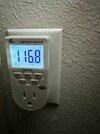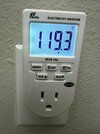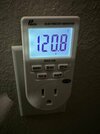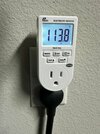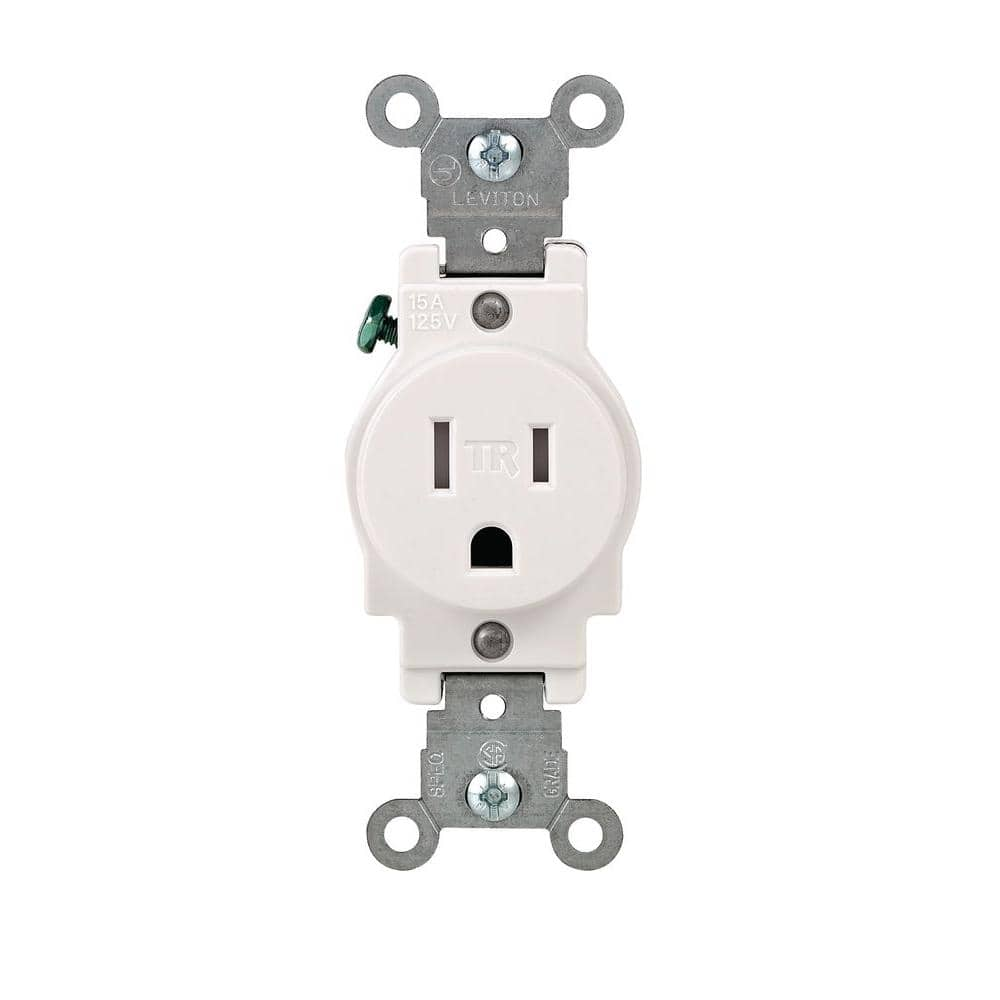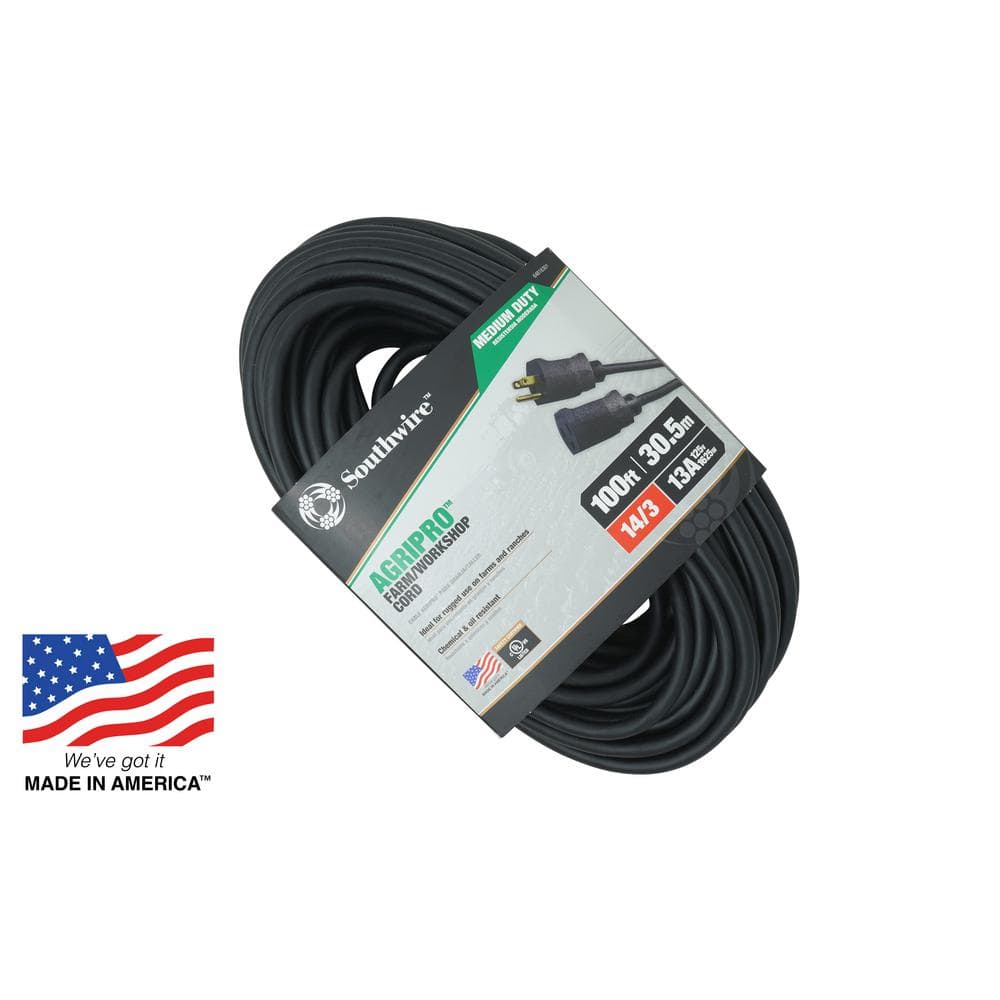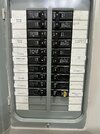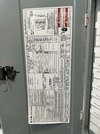We just moved into an apartment with a garage and the construction here isn’t new exactly and as such, the garage outlets don’t have a dedicated receptacle. Because of this, when i try to charge at 12A, the voltage drops from 122V to 109V which isn’t safe for extended usage per my understanding. I checked the UMC as well as the plug and neither was warm.
Anyways, to get around this, i am charging it at 8A where the voltage hovers between 113-114V. I don’t have a lot of daily commute so even this trickle charge would work for me if I can keep it plugged in for extended periods. But my worry is whether it’s safe to do so. I already know that the circuit in the garage isn’t the greatest considering the voltage drop at max current draw but is it safe to use at 8A where the voltage drop will be limited and between 113-114V?
Anyways, to get around this, i am charging it at 8A where the voltage hovers between 113-114V. I don’t have a lot of daily commute so even this trickle charge would work for me if I can keep it plugged in for extended periods. But my worry is whether it’s safe to do so. I already know that the circuit in the garage isn’t the greatest considering the voltage drop at max current draw but is it safe to use at 8A where the voltage drop will be limited and between 113-114V?




